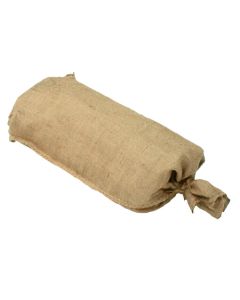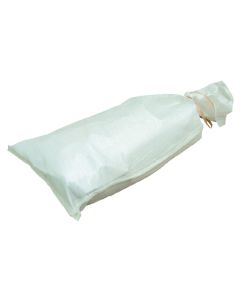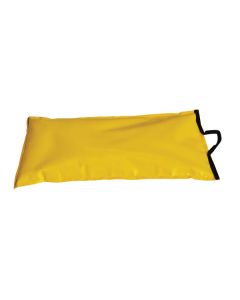How to use sand bags for erosion control & construction projects
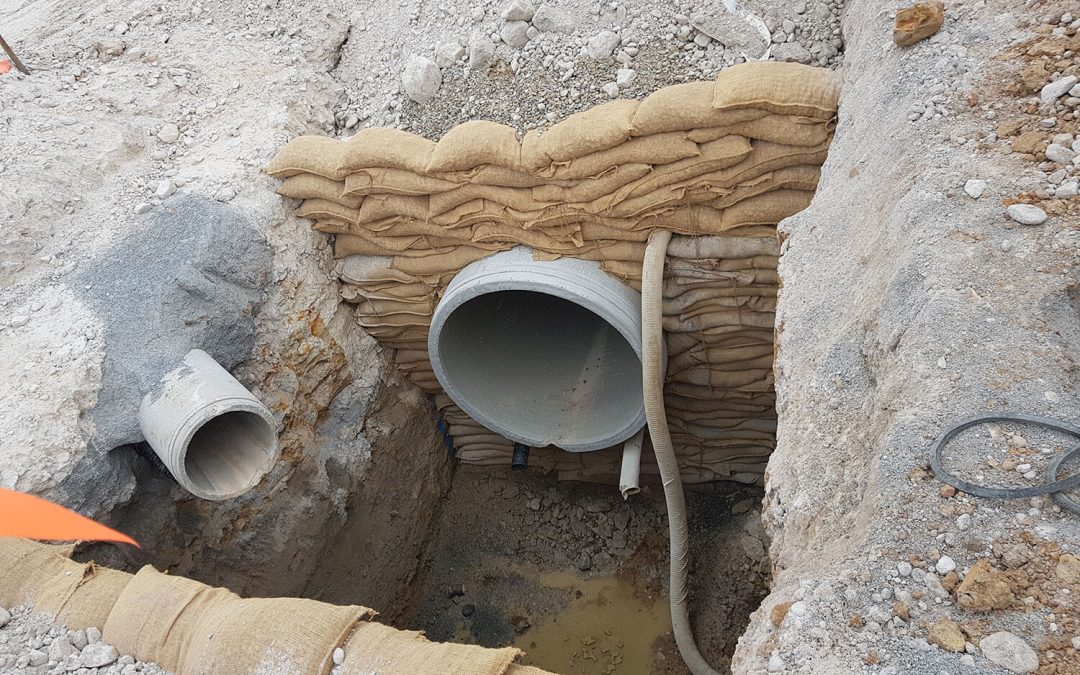
Using sand bags to tackle erosion control for super results on site
Using sand bags for erosion control: how to fill sandbags, install them properly and prevent erosion on site
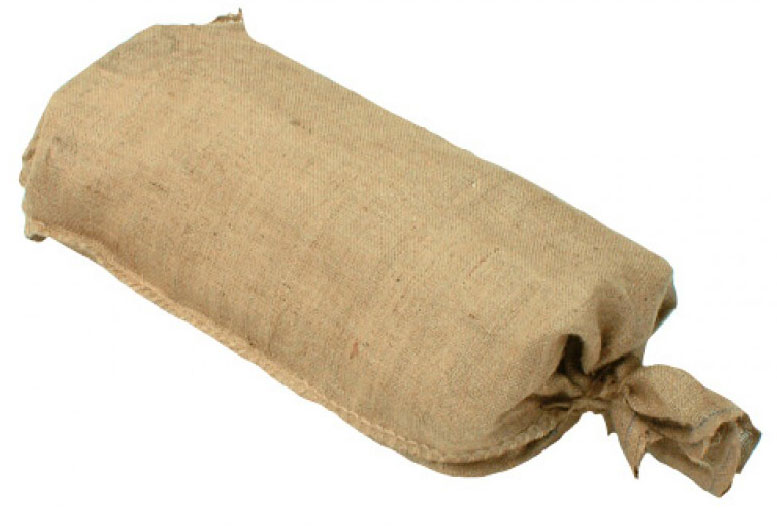 |
Sand bags are one of those things that we don’t think much about. They seem so simple and easy to use on site that we don’t give them a second thought! But did you know there’s a proper way to fill sand bags that will make life easier on the job? Plus, stacking or installing them in certain ways can improve the erosion control properties of your sandbag wall. |
What are sand bags used for?
Good for erosion
Sandbags are one of the simplest and cheapest ways to manage the effects of erosion and prevent further damage from occurring.
Erosion happens when water, wind or other natural processes move soil, sand banks, river edges or coastal ecosystems, causing damage to surrounding ecosystems and structures.
Great for construction projects
They’re also invaluable if you’re working on a landscaping project or even on a civil construction site, and they have a huge range of uses.
So, if you need sand bags for erosion control, or you’re laying pipelines for a drainage project, creating swales or channels, managing erosion and pollution on your construction site or working on mitigating flood risks – read on!
Different uses for sandbags:
- Erosion control
- Sediment control
- Water deflection
- Landscaping
- Weighing down signage & equipment
- Building retaining walls
- Civil and construction applications
- Emergency roadway repair
- Flood and natural disaster management
- Shoreline and waterway erosion controls, eg: revetments, levees and breakwaters
- Stream restoration and coastal management
Types of sandbags: hessian vs polypropylene
Firstly let’s look at the two main types of sand bags: hessian and poly. Choosing the right type for your application depends on what you want the sandbag to actually do.
Hessian sandbags
Hessian (or burlap) is the traditional material that sand bags are made of. A natural fibre, it will gradually break down over time which makes it a good choice for certain applications where the sandbag structure is designed to eventually mesh with the surrounding landscape.
Depending on your application, hessian can be a good choice due to its biodegradable properties. But, hessian is heavier when wet, holds water longer than polypropylene and can be subject to tears and rips from sharp objects. Our hessian sand bags are a good choice for shorter term applications, or projects where they won’t be subject to permanent immersion in water.
Also, hessian is a natural fibre and therefore it will eventually rot completely away. In some cases, this is a positive – for example for applications where you want to fill sand bags with sand and cement to create a wall or more permanent landscaping structure.
Poly sandbags
Woven polypropylene or poly sand bags are made from woven plastic fibres which are resistant to rotting. This makes them ideal for longer term projects and applications where they will be more regularly exposed to water, such as water diversion and waterway erosion applications. They are also ideal for simple short term applications like weighing down road signs or barrier boards during roadwork projects.
It’s important to note that all plastics, including polypropylene, will eventually break down after prolonged exposure to UV sunlight, and this degradation can be accelerated by harsh weather.
If you are buying sand bags in bulk and keeping them stored for later use, keep in mind that they can rot if stored in a wet and damp area. Make sure they are dry and stored indoors away from sunlight.
How to fill sand bags for the best result
How full should the bag be? What material should I fill it with – just sand, or something else?
We get asked these questions a lot.
Here’s a quick rundown of how to fill sand bags for the best erosion control results.
Filling sandbags by hand
First up, if you don’t have a sandbag filler, it’s easier to fill sand bags with a workmate. Have one person hold the empty bag out in front of them, supported on the ground. Fold the top of the bag down like a collar and hold it open for the other person to fill the bag with shovelfuls of sand.
The person holding the sand bag should be standing with their feet apart and their knees bent, avoiding the movements of the shovel as much as possible. The person shovelling the sand should carefully move the material into the bag to avoid spilling.
Of course – this can be a time-consuming process, so we often recommend our customers use a sand bag filler to make the job quicker and easier.
Filling sand bags quickly: How to use a sandbag filler
A sand bag filler has the benefit of being operated by just one person. This works just like a large funnel: simply wedge the bag into the bottom of the hopper, and fill from the top using the wide steel mouth.
How full should sandbags be?
No matter what method you use, it’s important to only fill the bag to about 2/3 full. This will ensure that it will be flexible and stack with other bags without leaving gaps that can let soil, sediment and excess water through.
Also, it’s best not to overfill the bags as they will be too heavy to carry. A filled sandbag can weigh up to 20kg, and overfilling it is unnecessary and can become a manual handling hazard. Tie off the bag with the supplied string.
Pre-filled sandbags are also available to take the hassle out of manual filling.
Is it ok to fill sand bags with gravel or blue metal?
Filling sand bags with other materials such as blue metal or gravel can damage the outer casing, as they are generally designed to hold sand only.
If you want to fill sand bags with a different type of fill, you might be better off with a silt bag.
What’s the difference between sand bags and silt bags?
In a nutshell: sand bags are designed to block, whilst silt bags are designed to filter. Silt bags are typically filled with much coarser material such as blue metal, which allows water to pass through whilst still trapping pollution and sediment and preventing it from entering drains.
Silt bags and socks are best for placing around drains to capture runoff from construction and civil sites. Made from heavy duty polypropylene mesh, they can last for up to 6 years outdoors making them suitable for long term projects.
Both empty and pre-filled silt bags are available to buy from Jaybro.
Other types of silt and sediment products
Silt bags are available in different shapes, including long snake sand bags and silt socks that come in a 50m roll. Silt traps are also available from Jaybro – these sit inside a drain and collect silt and sediment before it enters the stormwater system.
Likewise, silt curtains are a floating boom that can help manage runoff in streams and waterways, whereas silt fencing manages sediment on land.
Find out more about silt fencing and sediment products here.
How to lay sandbags
Sand bags are generally laid in offset rows, like a brick wall.
Start at one end and ensure the more empty top part of the bag is covered by the bag next to it. Tying off sandbags is optional, depending on the application of course.
For building a sandbag wall to keep out water, it is often more appropriate to leave the bag open so that the sand can flatten and move a little, helping the bag to mould into the one next to it.
Ties on sandbags are generally just for transport purposes, or for different applications in building and construction.
How do you dispose of used sandbags?
In the case of hessian sandbags, if left in place these will naturally break down over time. However, if you need to find a sandbag disposal point in your local area, your local Council can most likely help.
The NSW SES recommends that used sandbags should be handled carefully due to the nature of the contaminants they could have come into contact with. This is especially true for disaster and flood management applications, however, also applies to temporary construction applications.
Both the SES and QLD Government disaster management guidance material recommends contacting your local council for guidance on the safest way to dispose of used sandbags. However in the case of construction projects, your local workplace safety authority may also be able to provide guidance here.
No matter how you dispose of your sandbags, make sure there isn’t an opportunity for contaminants, oils or chemicals to enter our waterways. These may have been absorbed by the bag during use, so dispose of them thoughtfully.
Where to buy sand bags and sand bag fillers
Contact Jaybro for more detailed information on our range of sand bags, sand bag fillers and other products to help manage erosion, silt and sediment on site.
Types of sand bags available from Jaybro:
Disclaimer: This information is provided as an introductory guide only and does not constitute professional advice. Ensure you make your own independent enquiries before deciding if a particular product is right for you. Consult the regulations and standards applicable to your area and check with your workplace health and safety representative for further information. Jaybro does not warrant the accuracy, content, completeness or suitability of the information on this site (or any site owned by the Jaybro Group) for your individual purposes.
 Sign In
Sign In 

